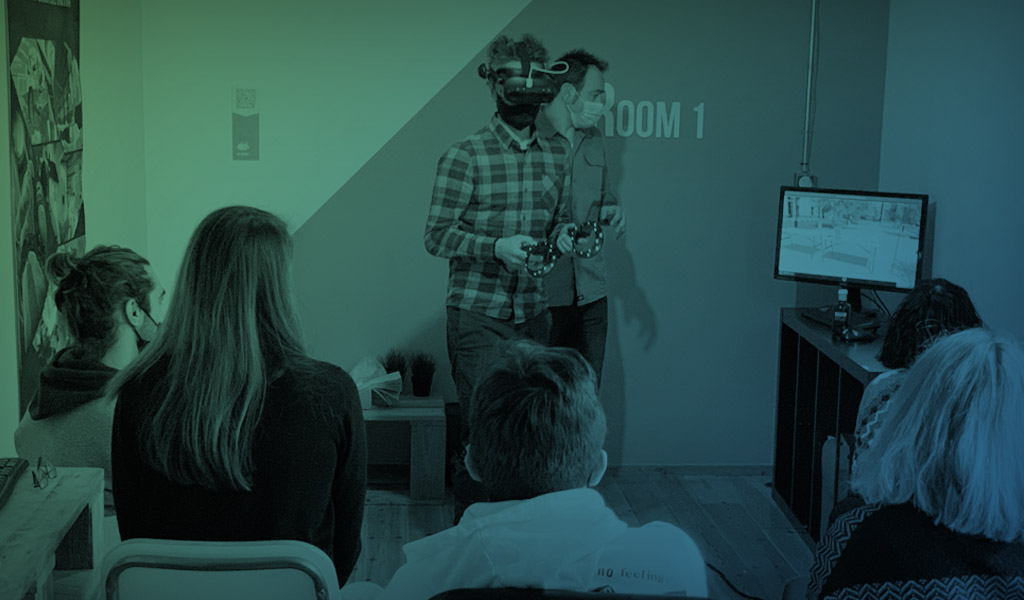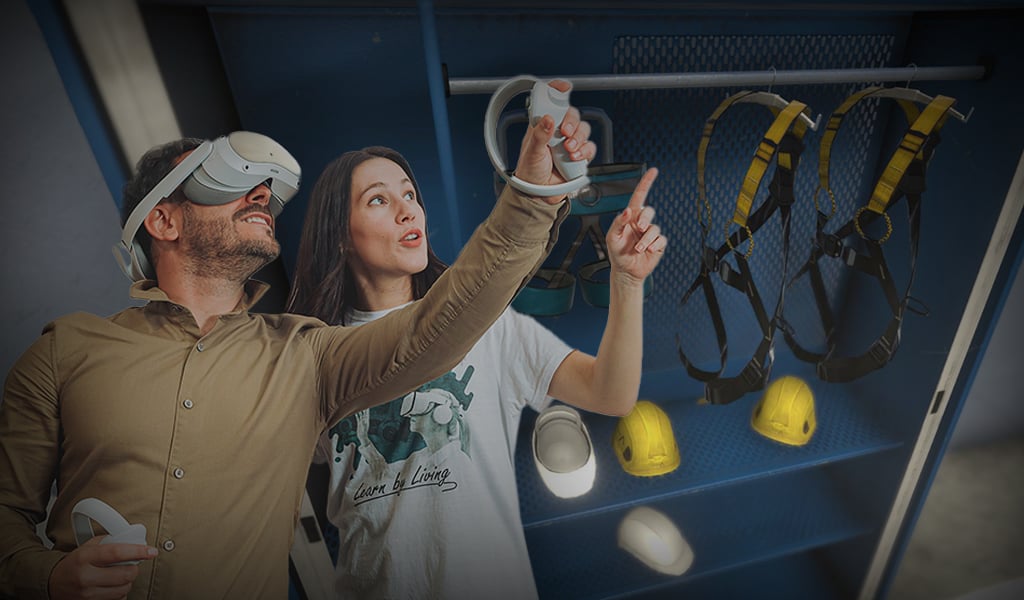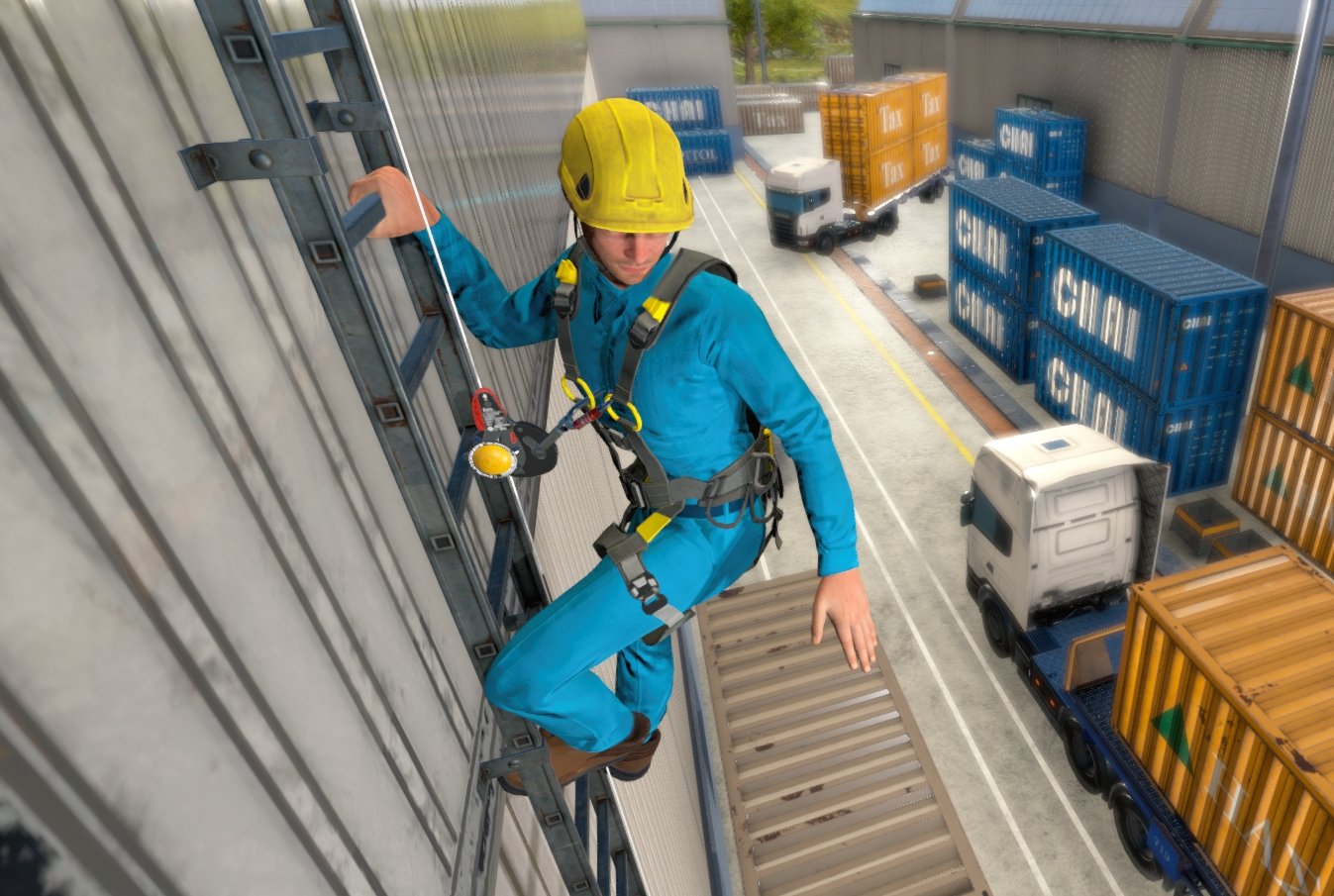According to the International Labour Organization (ILO), approximately 2.6 million deaths occur each year due to work-related causes. One key way to help prevent these tragedies is by identifying potential hazards within a workplace through safety diagnostics—a process that is being enhanced by innovative technologies like Virtual Reality (VR).
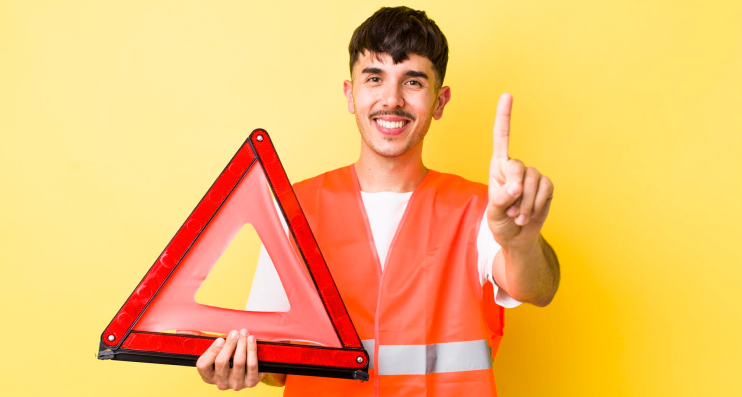
What is a workplace health and safety diagnosis?
There is no one-size-fits-all answer to this question, as the safety and health of workers can be influenced by various factors depending on the workplace.
However, in general, a workplace safety and health diagnosis is a process through which an organization can identify and assess potential hazards in the workplace, as well as any risks to the safety and health of employees. This information can then be used to develop and implement a plan to mitigate those risks.
How a safety diagnosis is conducted
Safety diagnoses are carried out by examining the existing hazards in the workplace and assessing the risks they pose to employees. If it is determined that any of the risks are high, a safety diagnosis is conducted to find ways to mitigate those risks.
Some of the methods that can be used to conduct a workplace safety and health diagnosis are:
Safety Audits
Audits are conducted by trained professionals who visit the work site and identify potential risks. They can also assess the level of compliance with existing safety measures.
Incident Investigations
Incident investigations are carried out after an accident or near-miss incident has occurred. Their objective is to determine the cause of the incident and possible ways to prevent it from happening again.
Safety Observations
These involve trained observers monitoring workers in their natural environment (i.e., not in a simulated test environment). This allows for the identification of potential hazards that may not be evident in other forms of evaluation.
How Virtual Reality is changing safety diagnosis
One of the most impactful tools in modern safety diagnosis is Virtual Reality (VR).
VR is already being used to train employees in realistic, risk-free environments that simulate actual workplace hazards. Workers interact with these scenarios firsthand, making decisions and learning from virtual mistakes that would otherwise result in serious injury in real life.
But beyond training, VR brings powerful data to the table, such as Training statistics, Most common user errors or Simulated accident likelihoods.
This performance data becomes the basis for identifying risks and creating precise, personalized safety diagnosis.
Ludus offers a VR platform with more than 20 training simulations covering key topics: fire extinguishing, confined spaces, construction safety, electrical hazards, hand injuries, and more. With unlimited access to the simulation catalog, companies and training providers can take their HSE training to the next level.
The platform's predictive analytics feature is a game-changer. It allows companies to extract valuable insights from training sessions and detect hidden risk areas.
From Diagnosis to Optimization: proactive risk prevention
These predictive statistics are also a tool for continuous improvement.
For example, if a company discovers that 40% of its workers suffered a virtual hand amputation during training due to not wearing protective gloves, this signals a high real-world risk. The company can then adjust its future training to focus more on PPE usage and monitor the improvement through updated statistics.
In other words: use data to detect the most likely accidents—and prevent them before they happen.
---------------------------------------------------------------------------
Would you like to implement Ludus Virtual Reality in your health and safety training?
Fill out this form to receive information about the options best suited to your company's needs.


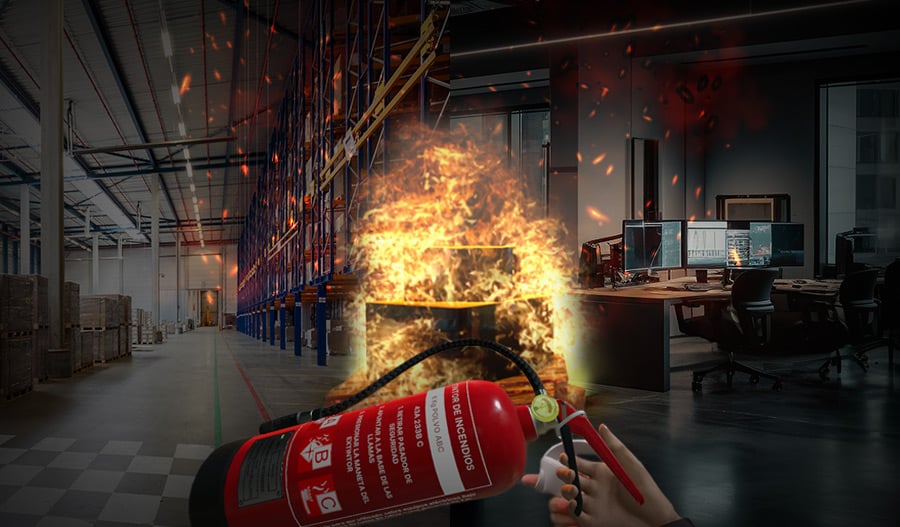
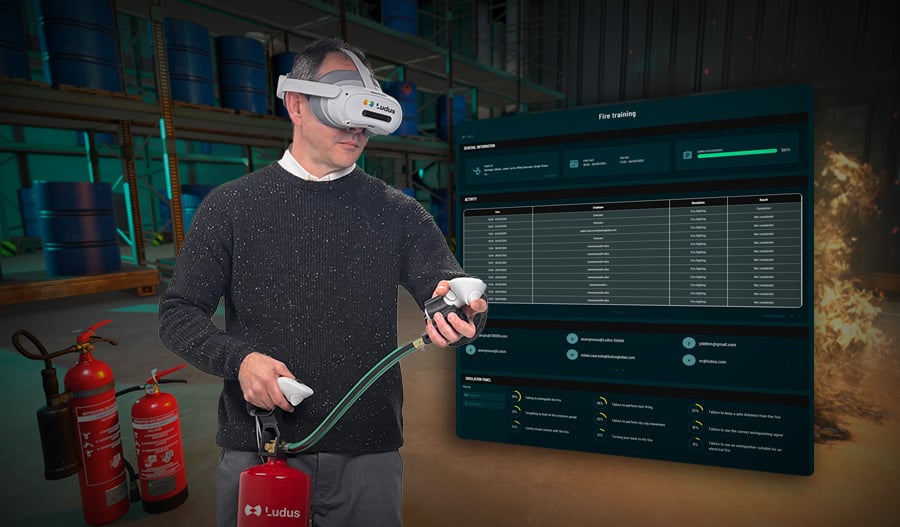
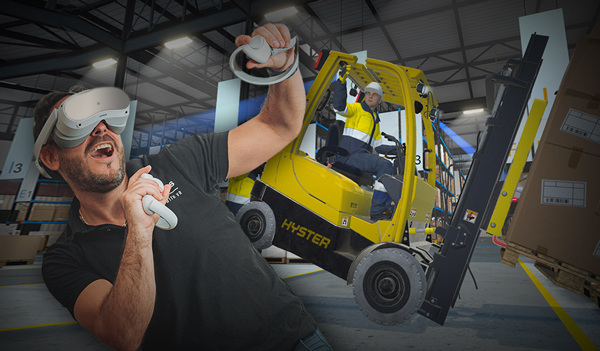
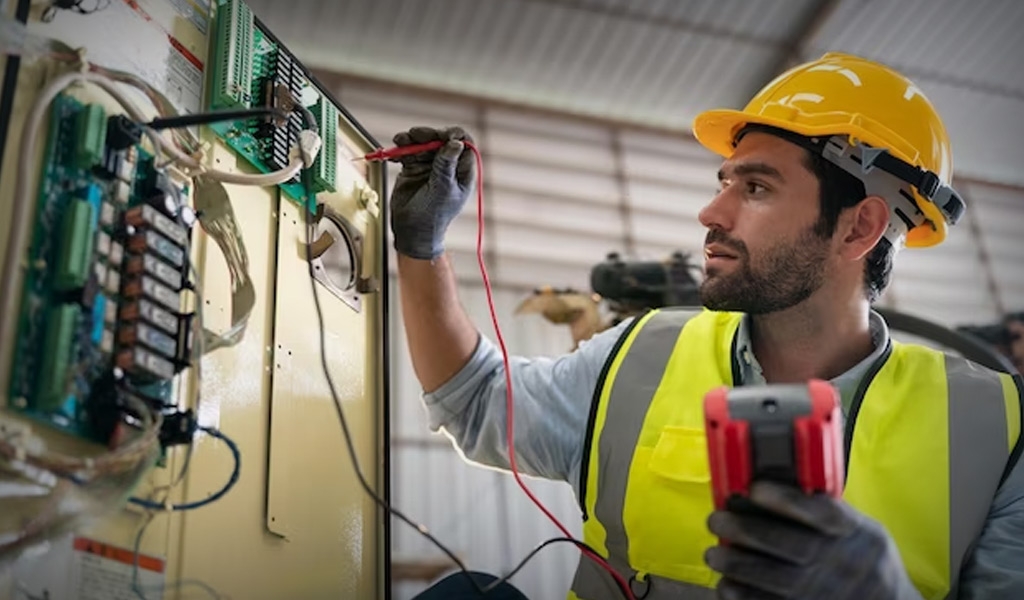
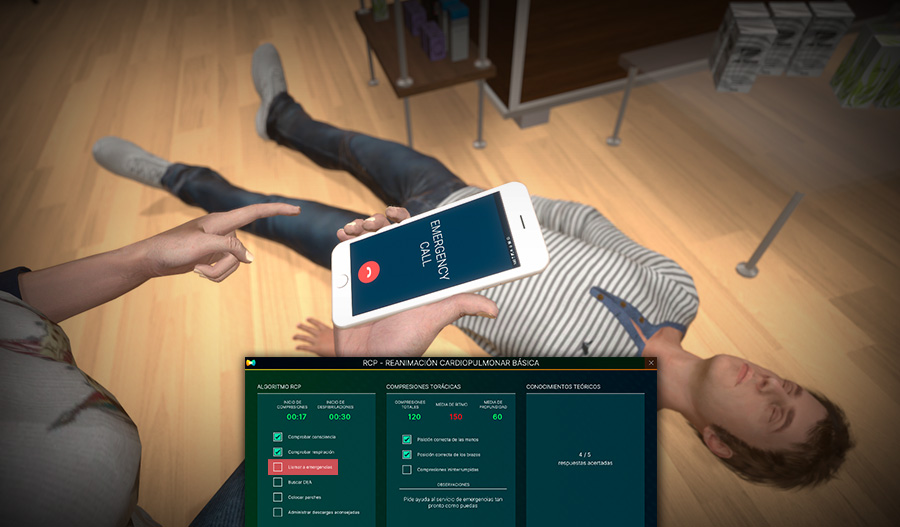
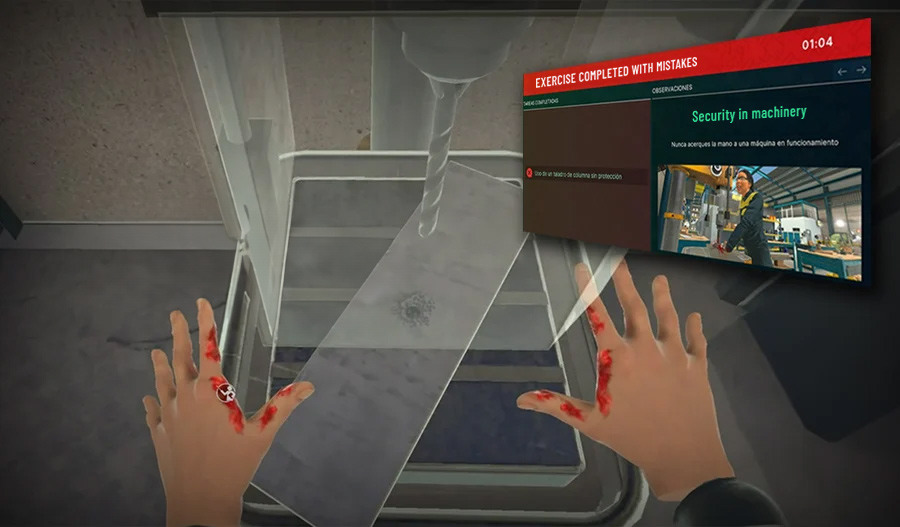
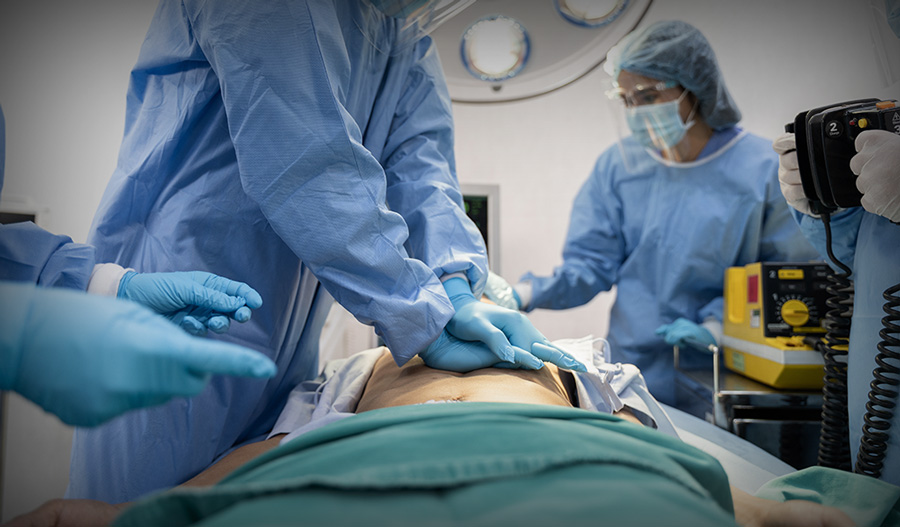
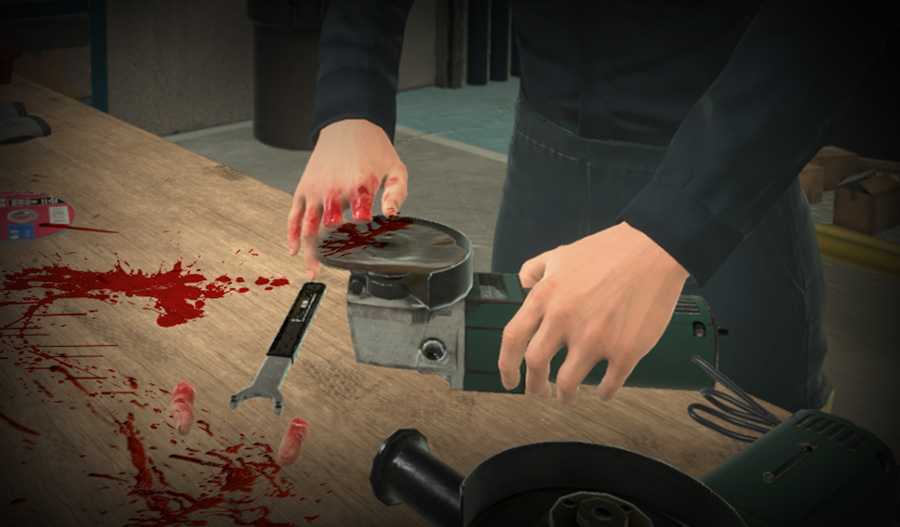
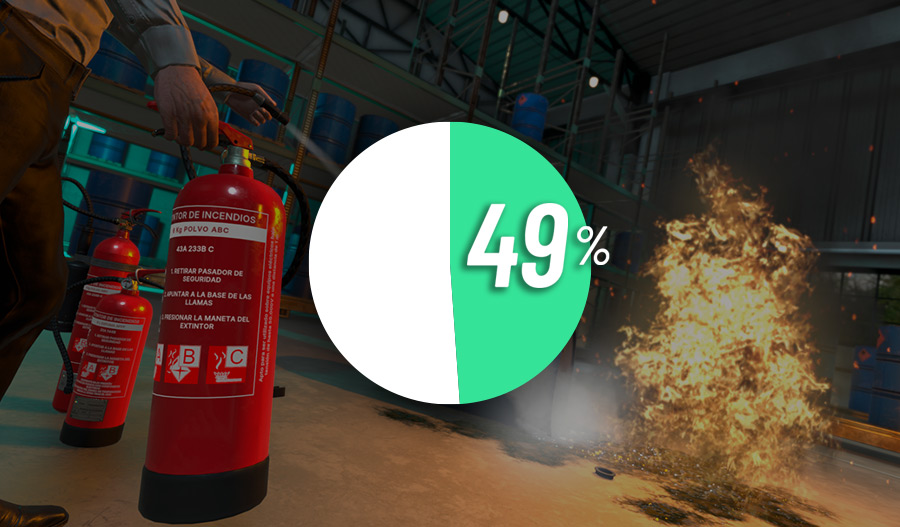
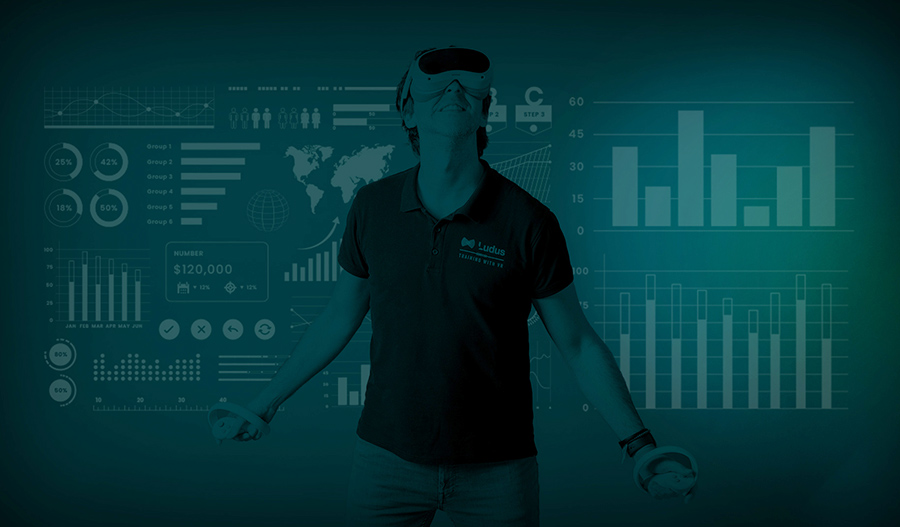
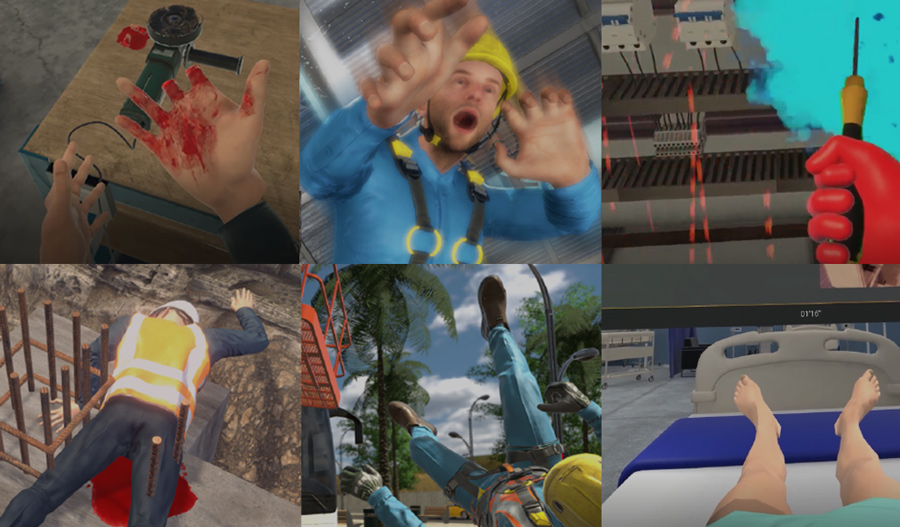
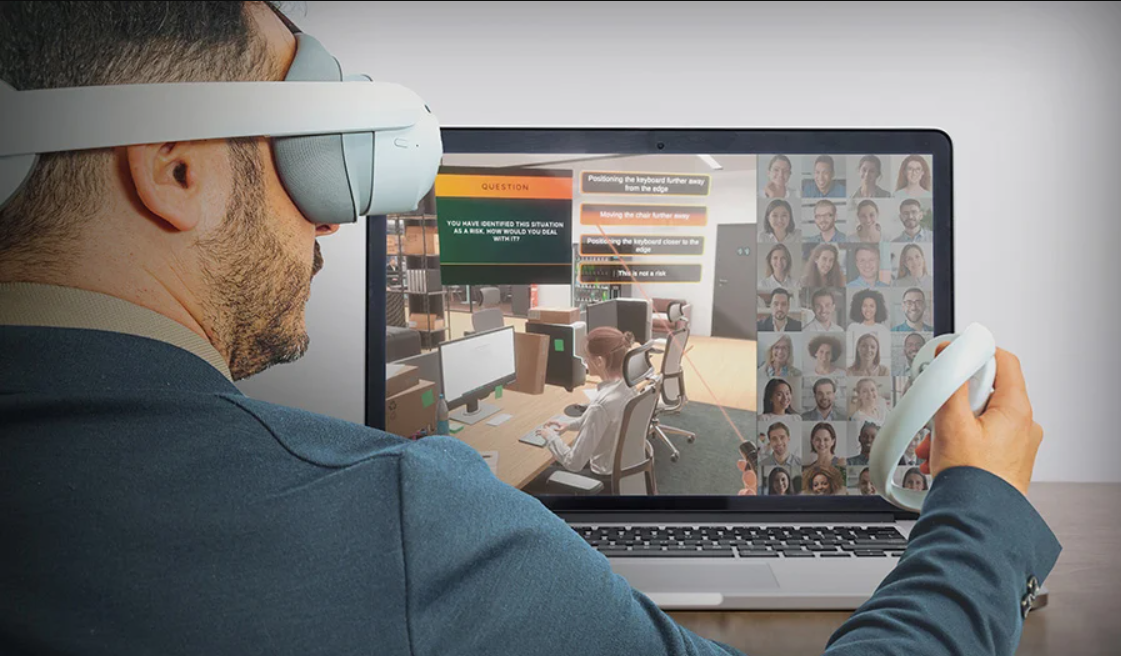
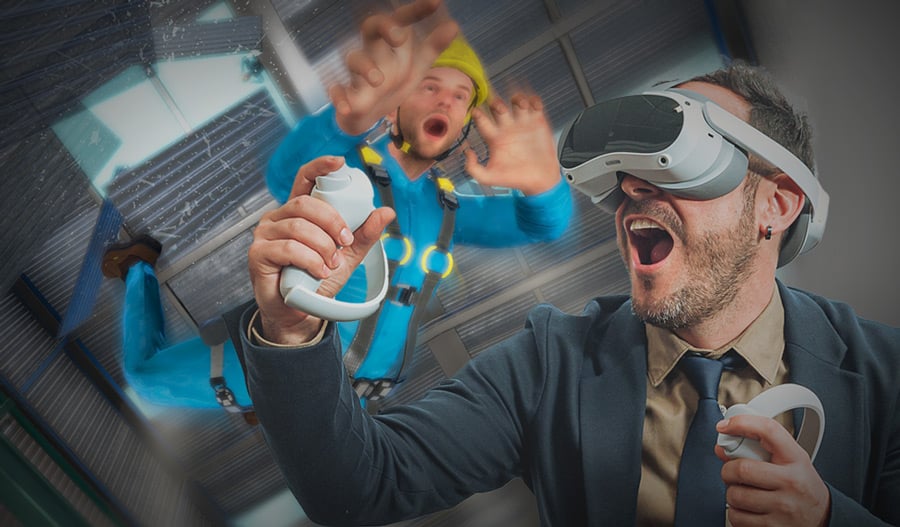

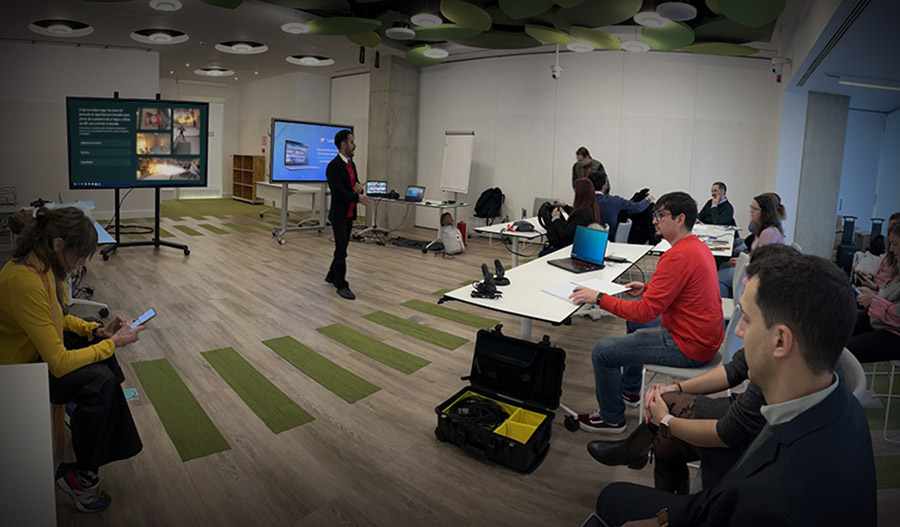
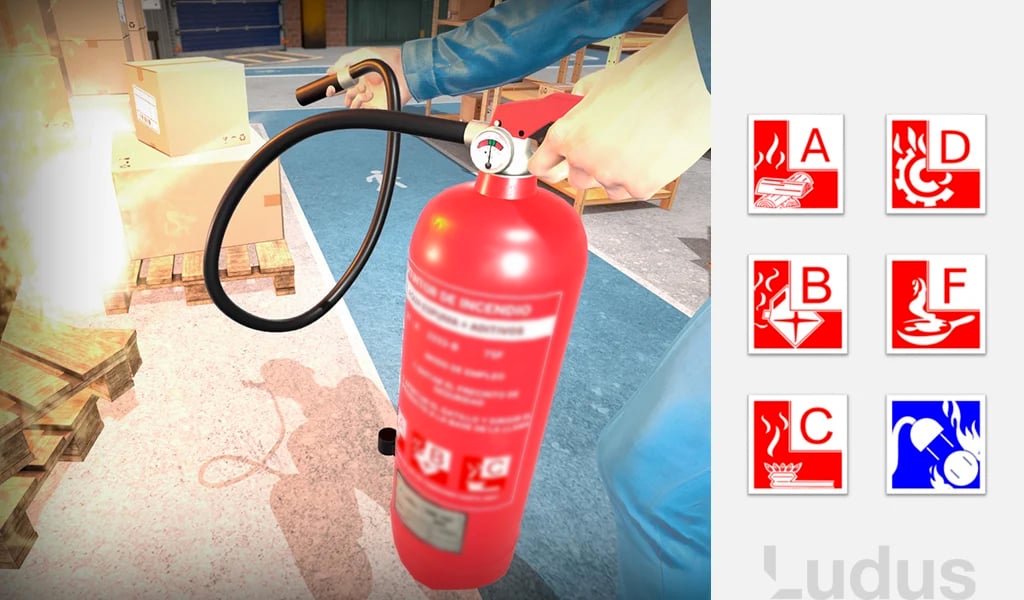
.jpg)
